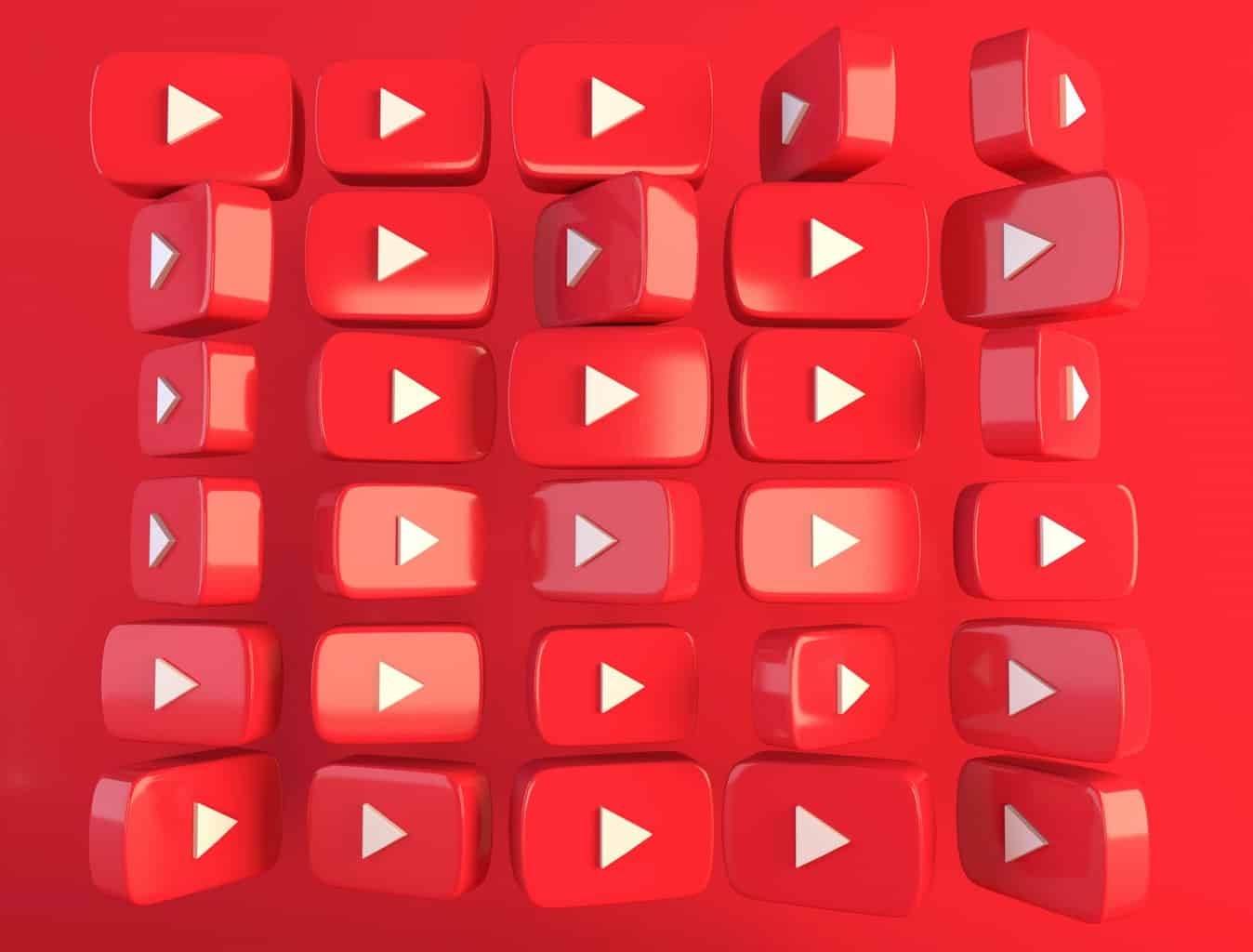YouTube algorithm mysteries solved in new Creator Insight video

YouTube has released a video that explores insights into the notoriously elusive and mysterious YouTube algorithm.
The video, posted on the YouTube-owned Creator Insider channel, which aims to offer tips on being a creator on the platform, outlines common questions creators of all levels have for understanding the algorithm.
The video is hosted by Rachel Alves who is a staff member at YouTube who works on the platform’s recommendation system.
Why it applies to marketers?
This is vital information for content creators across every industry, but a lot of it can be particularly useful to marketers.
Understanding the algorithm practices of the platforms will allow you to tweak your content to achieve maximum reach. If you are creating content for your own business channel, the algorithm can undermine you, so it’s important to understand the data. And if you are an affiliate marketer, your partners will also need to create content with your affiliate links in it, and the better that content does, the better for you. With this knowledge, you can tweak your requirements for the content within your partner’s contract.
How do I optimise my uploads for the algorithm?
YouTube has never optimized based on how many videos a channel might upload, otherwise the simplest, shortest, low-effort content would rise to the top. You can argue whether that is the case amongst yourselves. However, a little-known point of maximising your channel is how often users come back to your channel. You can have one viral video, but it won’t do you much good if your subscribers aren’t coming back for more.
For example, if you’re the TikTok “Gorilla Glue Girl” who accidentally glued her hair to her head, you can only go through that once, get the surgery to remove it and go back to your channel with no way of upping the ante. Your fans will move on, off to find someone who posts consistently entertaining content.
Alves says, “So of course, if the more a viewer watches content from your channel, especially regularly, the more likely your videos are to be recommended.”
So, a viral video isn’t the golden ticket people expect it to be. Because life’s not that easy, you’d be better off posting consistently engaging content.
Should I create videos on trending topics?
It’s the age-old question: when something is trending, do you lean into that trend, or do something different? Will you get lost in a sea of similar content or gain engagement from a wave of dedicated fans?
“If you think that you can create something fresh, or that you have a unique take on a subject where you think your content is going to stand out, and it’s differentiated among all the other content on the internet, go for it.”
So, the tip is to only wade into a trend if you have an original take on it, and it’s a good tip to adhere to, but it should be remembered that trending fans aren’t about to stick around for long when they see your content isn’t around the subject of their affection usually. However, a few might stick around due to loving your take and approach to content and want to know more from you. It’s a tactic to be used sparingly.
Does experimenting with new topics hurt your channel performance?
The understanding from YouTube creator critics is that users who have lasted learned to adapt. They created new content that shifts with the times and attracts new fans before their old topic or genre went stale. However, that transition period worries creators, who might find that their fans don’t like change and are disappointed in not seeing what they subscribed for.
And it seems YouTube agrees, that in the short term at least, switching up your content will cause a dip in engagement since it’s like throwing a spanner in the works of the algorithm.
Alves says, “If you’re experimenting and you start developing audiences that are totally distinct from each other, maybe you might want to split those into separate channels. Less for our discovery systems, but more just to help viewers so that they don’t have content in places like their sub’s feed that isn’t what they initially signed up to watch.”
Does deleting offensive or problematic comments affect your video performance?
YouTube creators usually encourage comments, not least because it encourages the bond between creator and fan, and ups engagement on the content, but it isn’t uncommon – in fact, it’s a rite of passage – that some negative comments are going to appear on your content. This can be aimed at the creator or the wider point the creator was making or is just simply intended to offend the fanbase.
So, it makes sense that YouTubers would like an excuse to delete these comments, but they’re held back by the idea that more comments mean more video reach, and that correlation means causation. The thought process then means that deleting comments will stay your videos’ reach.
YouTube, however, says that isn’t the case.
“If you have fewer comments, it’s not going to hurt your video’s performance,” says Alves. “So yeah, delete them if you wish.”
If you’re looking for more content ideas for your marketing campaign, take a look at our blog, or book a free call with a member of our team for some more personalised advice.






